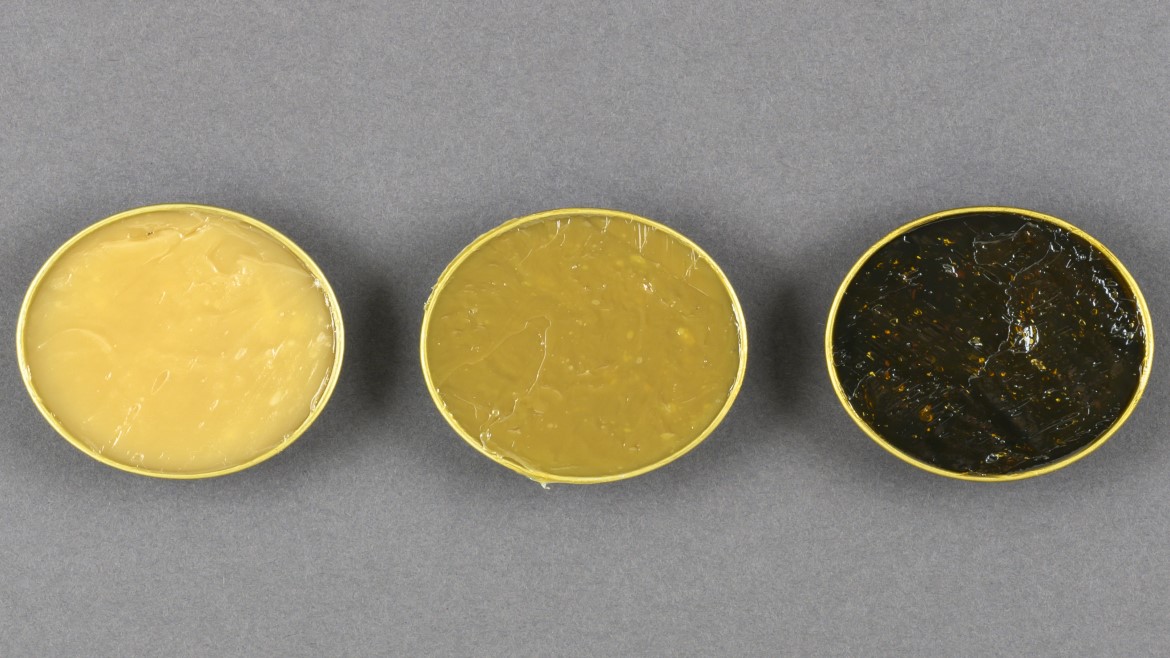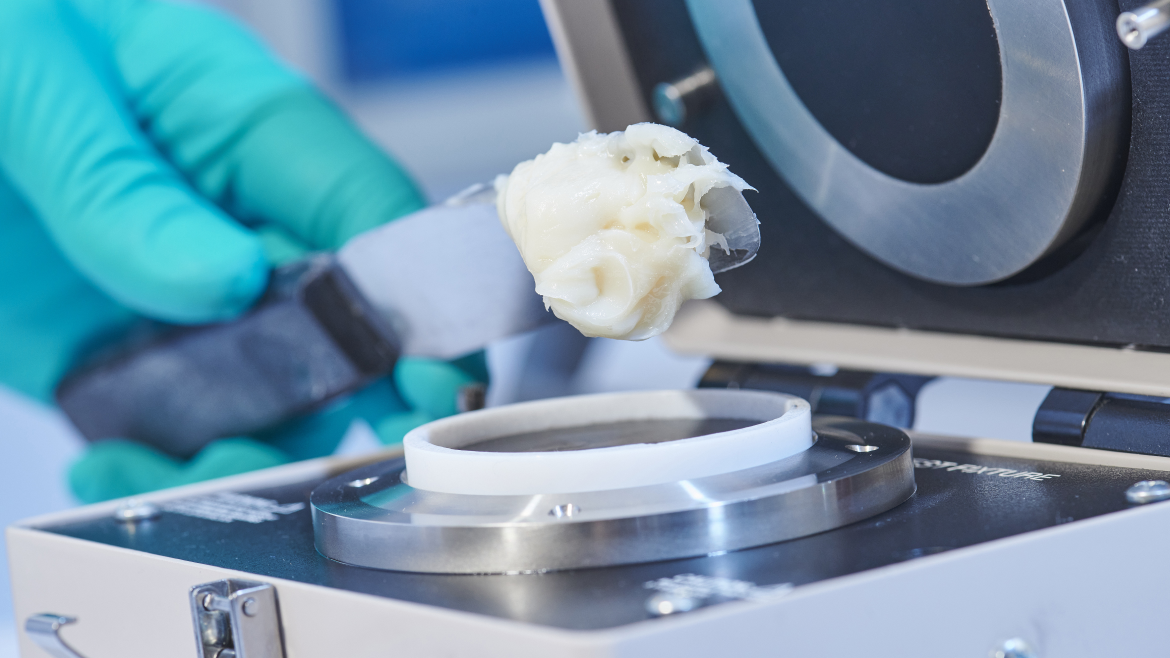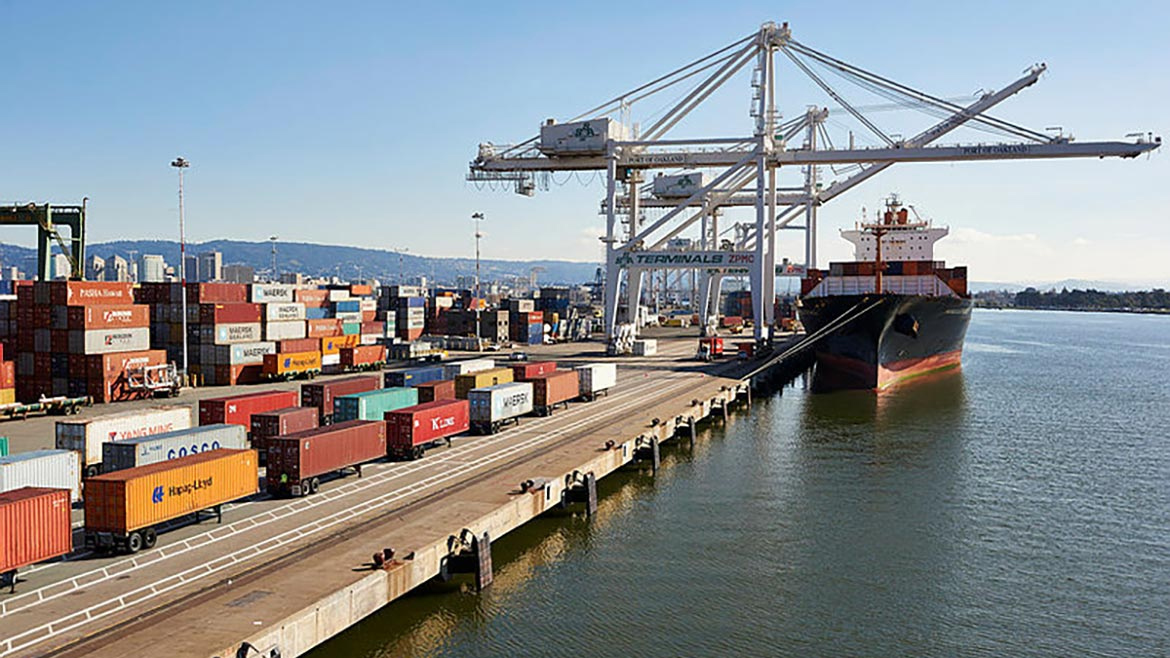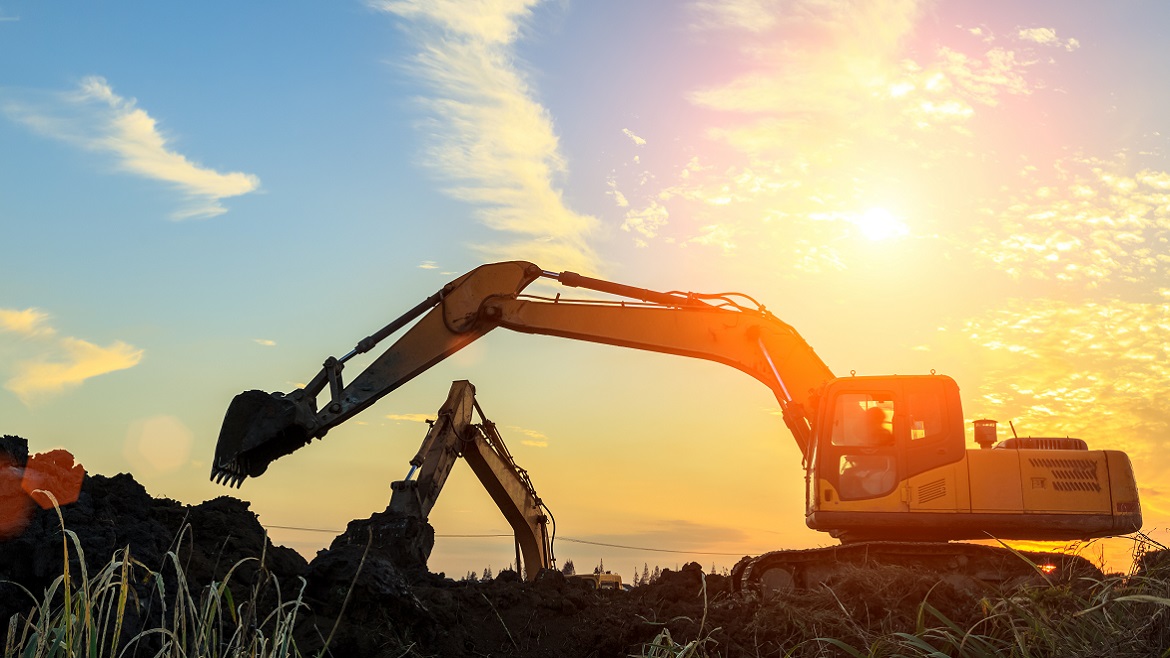Industrial gear boxes are utilized across a broad spectrum of applications and operate in some of the most demanding conditions around the world.
While advances in industrial gearbox technology have delivered increased production efficiency at reduced operating cost, the impact of gearbox failure is still significant—leading to a total shutdown in production, lost output, lost revenues and even lost contracts.
Bearings are one of the fundamental components of an industrial gearbox; their main function being to support spinning shafts and keeping them in place while torque is transmitted between gears. If a gearbox fails, it is the bearing that is the most frequent failure point within the unit.
First reported in the late 1990s in the automotive industry, white etching cracks (WEC) have become a topic of increased interest, due to their increasing cause of bearing failure. WEC are cracks within the microstructure of bearing steel which can lead to early bearing failure. Typically occurring about 1mm below the steel surface, WEC can happen at any time during the life of a bearing. They have been shown to occur in as little as 6 to 24 months of a wind turbine’s operation; an application that has significant accessibility challenges in the maintenance of both the gearbox and lubricant.
WEC have been observed in many other applications including cement and crusher mills, compressors, paper mills and crane lifting gearboxes. They have even been observed in washing machines. Lower quality grades of steel can be susceptible to WEC; however, WEC are not specific to a steel type, bearing type or heat treatment type, making a definitive breakthrough regarding their cause and prevention even more challenging.
While research continues, it is believed there could be a number of different factors leading to the formation of WEC. In fact, it is unlikely a single driver will cause bearing failure due to WEC, but more likely that several factors will combine leading to their formation. These include stress-related failures and environmental-weakening factors.
- Stress related failures occur where pure mechanical loading in the application leads to local stresses that exceed the material strength. High impact loads, sudden stress/strain, rapid torque reversals, high surface traction as well as rapid acceleration or deceleration could likely each have a part to play in the formation of WEC.
- Environmental weakening also has a role to play, as non-mechanical loading effects allow bearings to fail at lower stresses. Moisture corrosion, electrochemical corrosion, electrical discharge, tribofilm corrosion and hydrogen related factors could also each have a part to play in the formation of WEC.
Moisture corrosion, tribofilm corrosion and hydrogen-related factors are examples of areas where the lubricant could impact upon the formation of WEC. Much work is being done to understand how technological expertise can address such issues and in doing so increase the potential for WEC to be a problem of the past.
While there is no one definitive solution for eliminating WEC, solutions are being introduced to reduce the formation in roller bearings, including specialized alloys, black oxide coatings and diamond-like carbon coatings.
Equally the industrial gear oil (IGO) has a critical role to play; if not in preventing WEC occurring in the first place, by ensuring it does not contribute to their formation. New additive technologies are being introduced which demonstrate robust bearing performance, supported with WEC roller bearing industry test results showing no contribution to the formation of WEC under the specified test conditions.
As well as not promoting the formation of WEC, higher-performing IGOs are able to provide the greater levels of performance that original equipment manufacturers (OEMs) are demanding for their latest industrial gearbox components; including strong micropitting performance, scuffing protection, reliable water separation and foam control.
Our View
Bearings are the most frequent failure point within the industrial gearbox. WEC can occur very early in the bearing life and it is suspected that lubricant quality can be a contributing factor to their formation but are unlikely to be the defining cause. The development of innovative and higher-performing additives has been proven not to promote the formation of WEC in specific model tests—playing an important role in reducing their occurrence.
Minimal downtime continues to be a key driver in many industrial gearbox applications, such as wind turbines. Where this is the case, OEM-approved IGOs utilizing higher quality PAO base oils with robust performance additives that do not promote the formation of WEC are supporting the delivery of this solid benefit.
For more information on the latest developments in industrial gear oils, please contact your Lubrizol representative.
To learn more about the importance of OEM specifications for industrial gear oils, click here.









